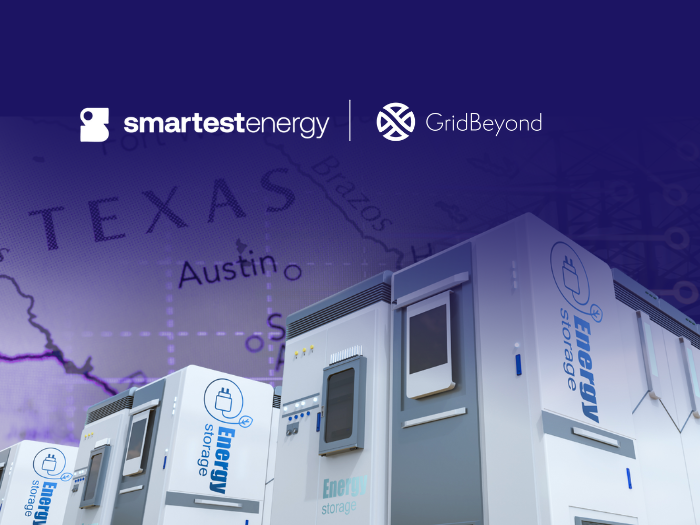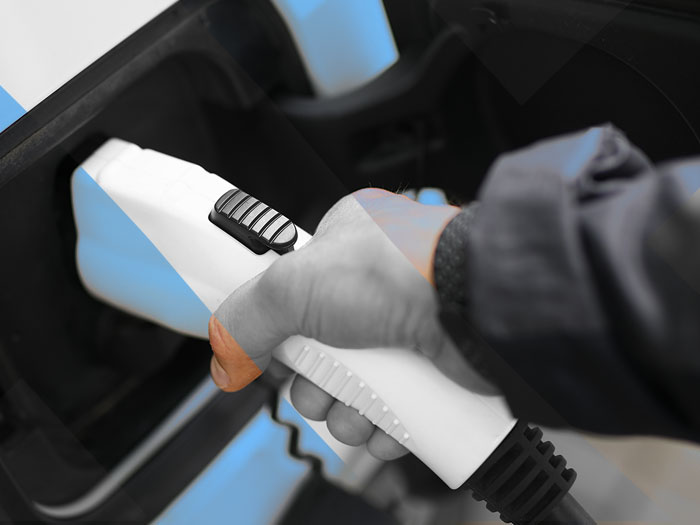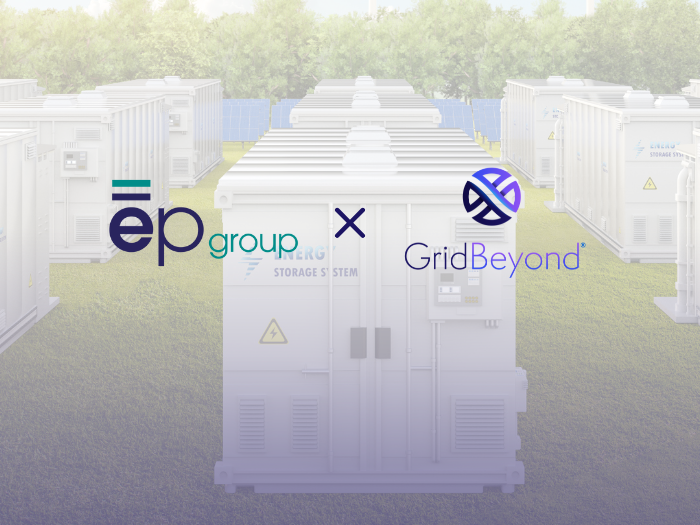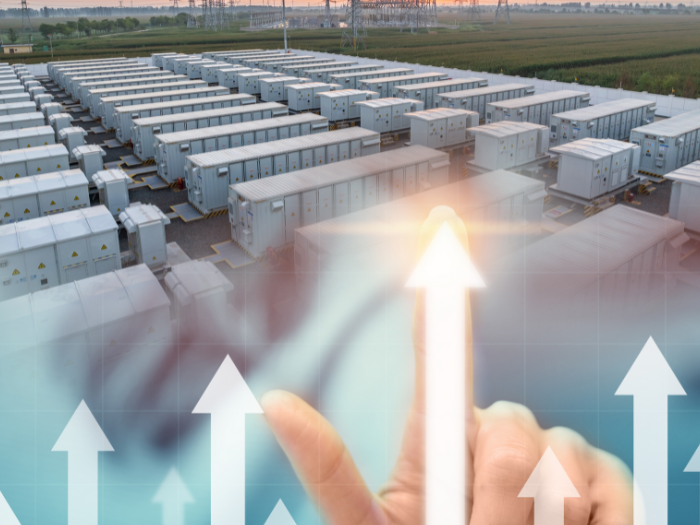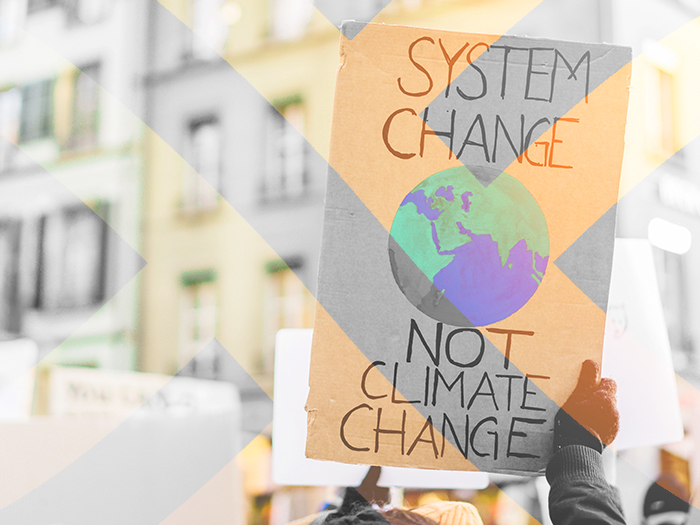Insights
better business decisions
Posted 3 years ago | 3 minute read
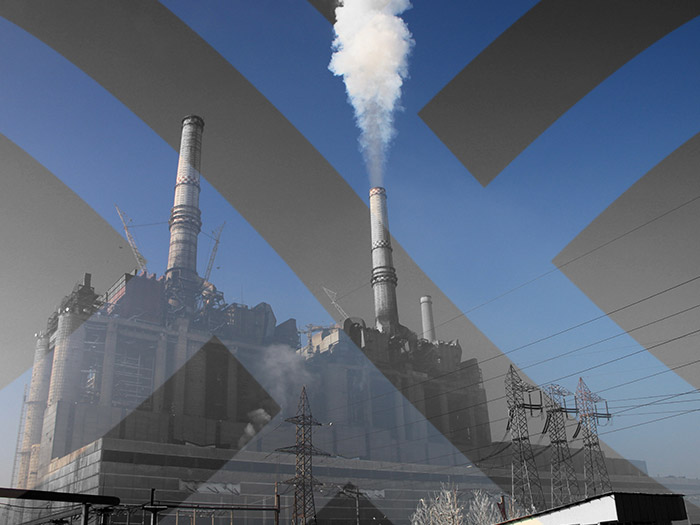
Australia unveils investment in new gas infrastructure
The Australian Government has unveiled $50.3M investment in domestic gas storage and supply infrastructure projects.
Unveiled as part of the 2022-23 Federal Budget, the funding will be used to finance seven projects aimed at increasing domestic supply and enhancing transportation capacity to target estimated shortfalls in southeast Australia. The investment forms part of a total A$2.4B allocated to industry, energy and emissions reduction initiatives over the next year. Part of the funding will also be allocated to feasibility studies and options for pipelines to transport carbon dioxide from major gas and industrial hubs to prospective sites for carbon capture and storage.
Federal Minister for Industry, Energy and Emissions Reduction, Angus Taylor, said that a key factor necessitating the significant investment is the “unacceptable risk to global gas security” and international price volatility brought on by the conflict in Ukraine. Late March, the government announced that it would take further action to increase the economic costs to Russia following its invasion of Ukraine, by applying an additional tariff of 35% for all imports from Russia and Belarus. This will take effect from 25 April 2022 and will be in addition to general duty rates that currently apply. The Federal Government also announced it will no longer import Russian oil, refined petroleum products, gas and coal.
The investment also coincides with the Australian Energy Market Operator (AEMO)’s 2022 Gas Statement of Opportunities (GSOO), which reiterates projections of a tight gas supply-demand balance. It notes that new gas projects will be required to meet domestic and export needs in the longer term to supporting variable renewable energy in the National Electricity Market as coal generation resources continue to retire.
Up to 2026, it predicts that the timely completion of committed and anticipated gas infrastructure projects could mitigate shortfalls as south-eastern supply drops off. But it said there is a need to carefully manage demand during peak periods. It stressed the importance of sector coupling and coordinating demand response between the gas, electricity, and emerging hydrogen sectors. Over the longer term, AEMO identified the need to bring new gas resources to market to meet forecast domestic demand from as early as 2026. But it said the extent of new supply needed will depend on the pace of introduction of renewables generation and variable trends in consumption behaviour.
The 2022-23 Federal Budget, delivered on 29 March, also confirmed that the government will support communities to lower their bills and keep their lights on by providing $84M to deploy microgrids. Continued investment will also be made in energy technologies that create new jobs and economic opportunities while driving down emissions to reach net zero emissions by 2050 and this decade, the government will invest more than $22B in low emissions technologies, driving over $84B of total investment to reduce emissions while growing the economy across Australia.


